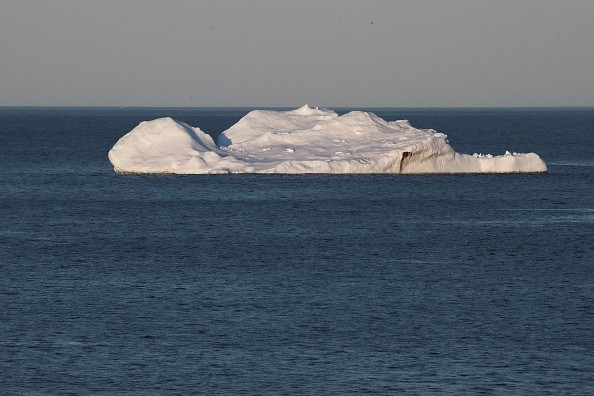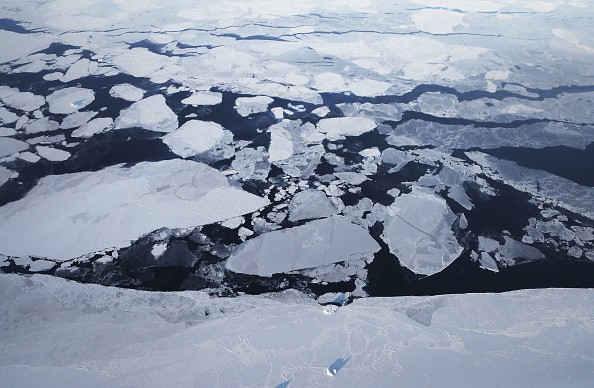The Earth has finally achieved famous recognition for its fifth ocean, with a decision by the National Geographic Society to include the Southern Ocean around Antarctica to the four it already acknowledges: the Atlantic, Pacific, Indian, and Arctic oceans.

Identifying the Southern Ocean as the Fifth Ocean
Although the designation of the frigid waters all over the icy southern continent as an unconnected ocean has kicked around for close to 100 years and is widely used by researchers, until now it has not had well-known backing. But on the 8th of June being World Oceans Day, the society declared it would henceforth be identifying the Southern Ocean as the fifth ocean on its maps of our planet.
Alex Tait, the society's official geographer told the National Geographic website: "The Southern Ocean has been recognized by scientists for a long time, but since there was never agreement internationally, we never recognized it officially, It's sort of geographic nerdiness in certain ways."
One of the greatest impacts would be on education, he said: "Students gain knowledge about the ocean world through what oceans you're studying. If you don't add the Southern Ocean, then you don't learn the details of it and how crucial it is."
Also Read: Pacific Ocean's Kuril-Kamchatka Trench Finds Out to be Microplastics Trap
Antarctic Circumpolar Current (ACC)
In 1915, National Geographic started making maps, but the society had only officially recognized just four oceans, which they defined by the continents that surrounded them. In contrast, the Southern Ocean is defined not by the continents that border it, but by the Antarctic Circumpolar Current (ACC) that flows from west to east.
Researchers believe the ACC was created 34 million years ago when the continent of Antarctica parted from South America, letting water to flow unrestricted around the "bottom" of the world.
Today, the ACC flows through all waters that border Antarctica until around 60 degrees south, excluding the Drake Passage and the Scotia Sea, which are both approximately between South America's Cape Horn and the Antarctic Peninsula. The waters of the ACC - and therefore majority of the Southern Ocean - are colder and a bit less salty than the ocean waters to the north.

The Seven Largest Oceanic Bodies of Water
The ACC pulls water in from the Pacific, Atlantic, and Indian oceans to aid in driving a global "conveyor belt" that carries heat all over the planet, while the cold dense water of the ACC submerges and aids in the storage of carbon in the deep ocean.
And thousands of marine species inhabit only within the ACC, according to National Geographic. Specifically what constitutes an ocean is not agreed, other than that they are the biggest bodies of water. A common definition divides the global ocean into four or five parts, according to the continents that surrounded them.
The Seven Seas today are recognized as the seven largest oceanic bodies of water: the Arctic, South Atlantic, North Atlantic, Indian, North Pacific, South Pacific, and Antarctic or Southern Ocean, according to the World Atlas website.
Related Article: Unbelievable: Earth's Oceans Store Unparalleled Amounts of Heat
For more news, updates about Earth's ocean and similar topics don't forget to follow Nature World News!
© 2025 NatureWorldNews.com All rights reserved. Do not reproduce without permission.





